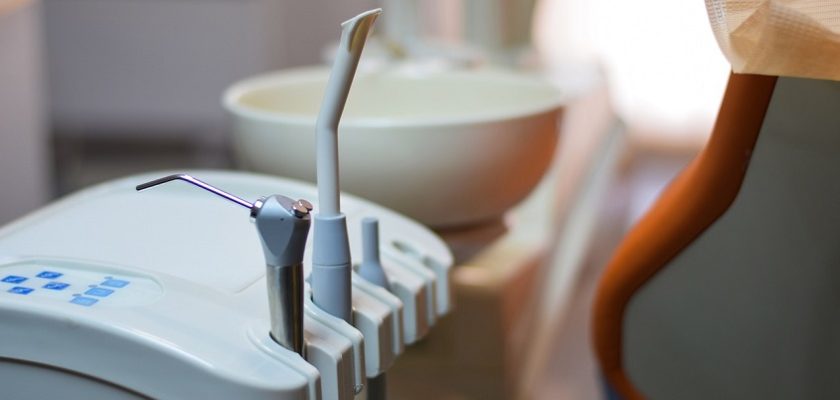The Potential for 3D Printing in the Production of Medical Devices and Implants
- Updated on: May 6, 2025
- Published on Feb 3, 2023

3D printing technology involves creating three-dimensional objects from digital designs through a layering process. The technology was first developed in the 1980s and has since evolved into a multi-disciplinary tool for many industries, including the medical field. The use of 3D printing in the production of medical devices and implants has the potential to revolutionize healthcare by offering customization, speed, and cost-effectiveness, as well as improved accuracy and precision. The ability to produce complex and intricate designs offers healthcare professionals a powerful tool to provide better patient outcomes. With continued advancements, the potential for 3D printing in medical devices and implants is vast and holds numerous benefits for both healthcare professionals and patients.
Advantages of 3D Printing in Medical Device and Implant Production
3D printing technology offers numerous advantages in the production of medical devices and implants. Some of the key benefits include:
- Customization: 3D printing technology allows for the creation of custom-fit medical devices and implants, tailored to the unique needs of individual patients. This can greatly improve patient outcomes and reduce the risk of complications.
- Speed and cost-effectiveness: 3D printing technology allows for the rapid production of medical devices and implants, reducing the time between design and production. Additionally, the technology can reduce costs by reducing the need for expensive molds and prototypes.
- Improved accuracy and precision: The ability to produce devices and implants with high precision and accuracy allows for a better fit and improved patient outcomes.
- Greater design flexibility: 3D printing technology allows for the creation of complex and intricate designs, which can be challenging to achieve through traditional manufacturing methods.
- Increased accessibility: 3D printing technology has the potential to increase access to medical devices and implants in remote or underserved areas, improving health outcomes for people in these communities.
Applications of 3D Printing in Medical Devices and Implants
3D printing technology has a wide range of applications in the production of medical devices and implants. Some of the most promising areas include:
- Orthopedic implants: 3D printing can be used to produce custom-fit joint replacements, spinal implants, and other orthopedic devices, improving patient outcomes and reducing the risk of complications.
- Dental implants: 3D printing allows for the production of custom-fit dental implants, improving the accuracy and precision of the fit and reducing the risk of complications.
- Cranial and facial reconstruction: 3D printing can be used to produce custom-fit implants for cranial and facial reconstruction, improving patient outcomes and reducing the risk of complications.
- Cardiovascular devices: 3D printing can be used to produce custom-fit stents, heart valves, and other cardiovascular devices, improving patient outcomes and reducing the risk of complications.
- Drug delivery devices: 3D printing can be used to produce custom-fit drug delivery devices, such as implants and patches, improving patient outcomes and reducing the risk of complications.
Challenges and Limitations of 3D Printing in Medical Device and Implant Production
While 3D printing technology holds great promise for the production of medical devices and implants, there are also several challenges and limitations that must be addressed. Some of the key issues include:
- Regulatory hurdles: The regulatory approval process for medical devices and implants can be complex and time-consuming. Currently, there are no standardized regulations in place for 3D-printed medical devices and implants, which can limit their widespread adoption.
- Material limitations: The materials used in 3D printing medical devices and implants must meet strict standards for biocompatibility, durability, and safety. Currently, there is a limited range of suitable materials available for 3D printing, which can limit the types of devices and implants that can be produced.
- Quality control concerns: The production of medical devices and implants requires strict quality control measures to ensure their safety and efficacy. Currently, there are limited guidelines and standards in place for 3D-printed medical devices and implants, which can pose a challenge for ensuring quality control.
- Scalability challenges: The current state of 3D printing technology can make it difficult to produce medical devices and implants on a large scale, which can limit their widespread use and impact.
The Future of 3D Printing in Medical Devices and Implants
The future of 3D printing in medical devices and implants holds great promise and potential. As technology continues to advance, it is likely that 3D printing will play an increasingly important role in the production of medical devices and implants. Some of the key trends and developments to watch for in the coming years include:
- Increased regulatory support: As regulatory agencies become more familiar with 3D printing technology, it is likely that they will develop more standardized regulations for the production of 3D-printed medical devices and implants. This will help to increase the widespread adoption of 3D printing in the medical field.
- Advancements in materials: With continued research and development, it is likely that new materials suitable for 3D printing medical devices and implants will become available. This will greatly expand the types of devices and implants that can be produced and improve patient outcomes.
- Greater accessibility: As 3D printing technology becomes more widely available and accessible, it is likely that it will increase access to medical devices and implants in remote or underserved areas, improving health outcomes for people in these communities.
- Increased collaboration: With greater collaboration between technology experts, medical professionals, and regulatory agencies, it is likely that 3D printing will play an increasingly important role in the production of medical devices and implants, improving patient outcomes and advancing the field of medicine.


